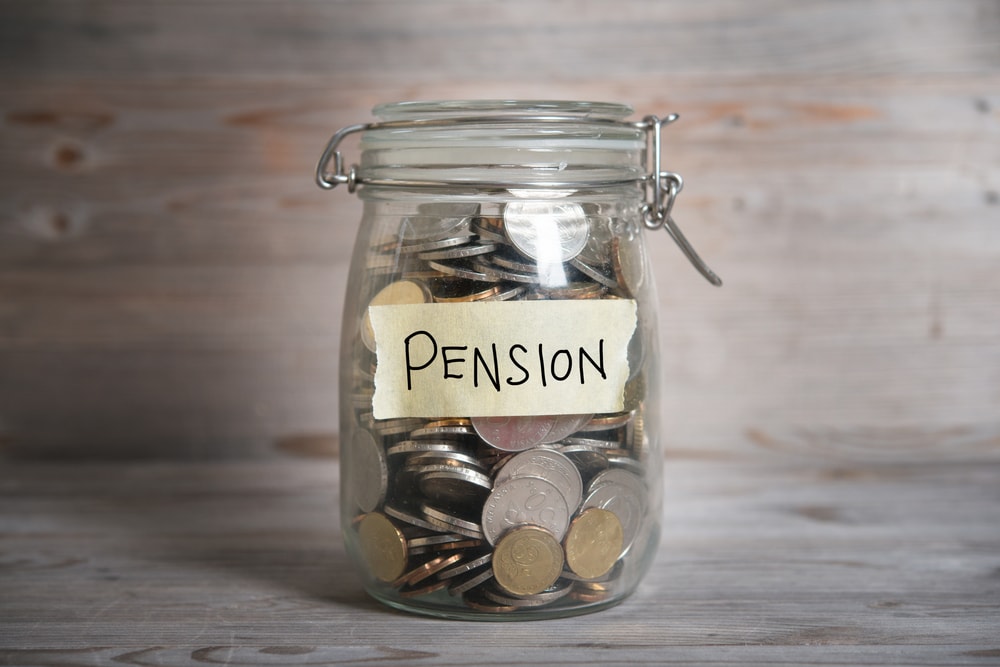Flexible pension payment activity has begun to recover following the dip seen amid the pandemic, with the average amount withdrawn via pension drawdown by Hargreaves Lansdown clients in Q1 2020 increasing by 43 per cent on the previous quarter, to £2,583.
In addition to this, the percentage of clients in drawdown and taking a payment increased from 32 per cent in Q4 2020 to 35 per cent in Q1 2021.
The number of pension savers taking income via uncrystallised funds pension lump sum was also on the rise, with a 96 per cent increase in Q1 2021 compared to the previous quarter, although the firm emphasised that it has “significantly” more clients using drawdown.
Commenting on the findings, Hargreaves Lansdown senior analyst, Nathan Long, suggested that pension savers felt more confident about dipping into their pension pots at the start of this year, when markets were somewhat calmer than a year earlier.
“While the pandemic sent jitters through the markets, it spooked some retirees, who put the brakes on their pension payments," he explained.
Indeed, in the second half of 2020, the average amount withdrawn by HL clients fell to around £1,800, however this has now "shot up" to £2,583, the highest level for the past two years.
Furthermore, Long noted that whilst savers traditionally take more out of their pension in the second quarter, to coincide with tax year, the proportion of clients taking a payment fell to 33 per cent in 2020, compared to 37 in the same period in 2018 and 2019.
He continued: “The figure rebounded to 35 per cent in January to March this year, as savers felt more confident about lockdown easing and markets looked more stable.
"It also likely reflects some sensible tax planning before the 5 April tax-year end. I expect we’ll see Q2 this year revert to its normal pattern of high pension withdrawals – unless we see another market wobble.
“For anyone thinking about taking flexible payments from their pension, it’s important to have an emergency fund in place. This should be an easy-access pot of cash, which can be used if you need extra income.
“You should aim for one to three years of expenses in an emergency fund. It may seem a lot, but it’s important to have peace of mind with a decent cash buffer. As we know with the Covid crisis, anything can happen.
“If the majority of your income is from guaranteed sources, such as the state pension and a final salary scheme, you may feel comfortable just having one year’s worth of expenses squirrelled away. But if most of your income is coming from drawdown, three years would be better.”
Latest News
-
Skanska Pension Fund completes £525m full buy-in with Standard Life
-
Govt 'committed' to retirement security despite rejecting pension tax lock calls
-
Peel Ports pension scheme secures safe harbour with £230m buy-in
-
Broader DB funding improvements mask deepening divide between charities' schemes
-
Aegon LifePath to expand into private markets from 2026
-
European insurtech firm Lumera acquires Acuity for undisclosed amount
Private markets – a growing presence within UK DC
Laura Blows discusses the role of private market investment within DC schemes with Aviva Director of Investments, Maiyuresh Rajah
The DB pension landscape
Pensions Age speaks to BlackRock managing director and head of its DB relationship management team, Andrew Reid, about the DB pensions landscape
Podcast: From pension pot to flexible income for life

Podcast: Who matters most in pensions?

In the latest Pensions Age podcast, Francesca Fabrizi speaks to Capita Pension Solutions global practice leader & chief revenue officer, Stuart Heatley, about who matters most in pensions and how to best meet their needs
© 2019 Perspective Publishing Privacy & Cookies










Recent Stories